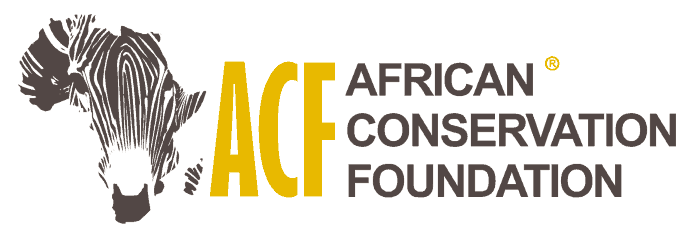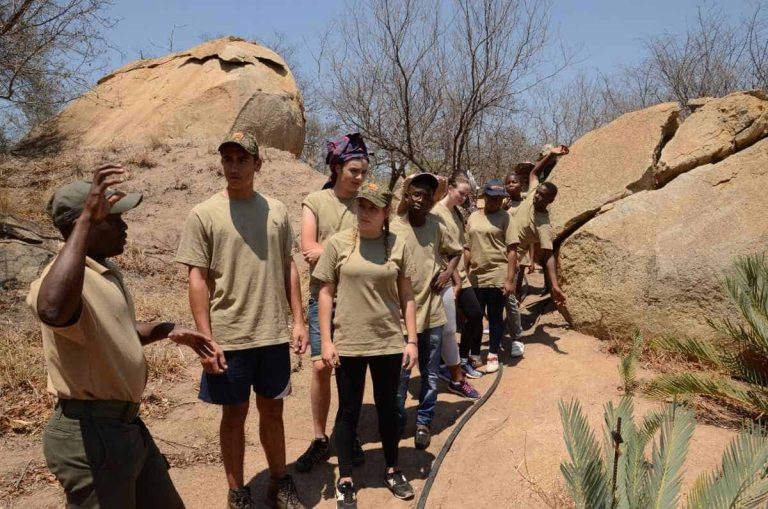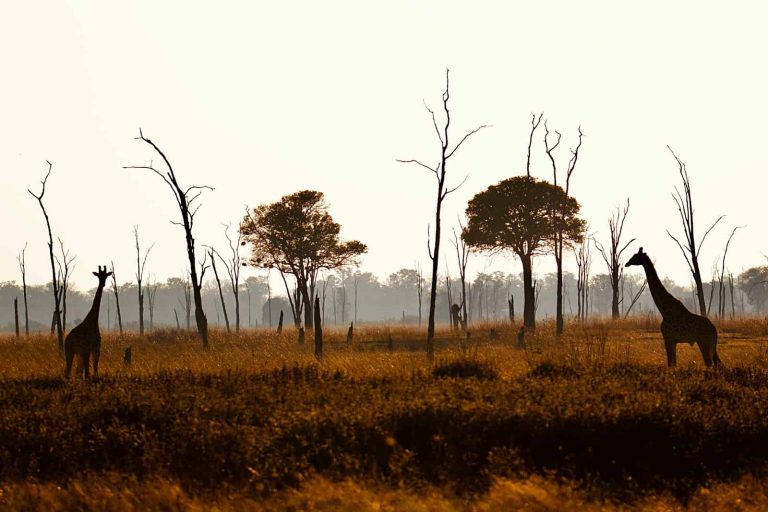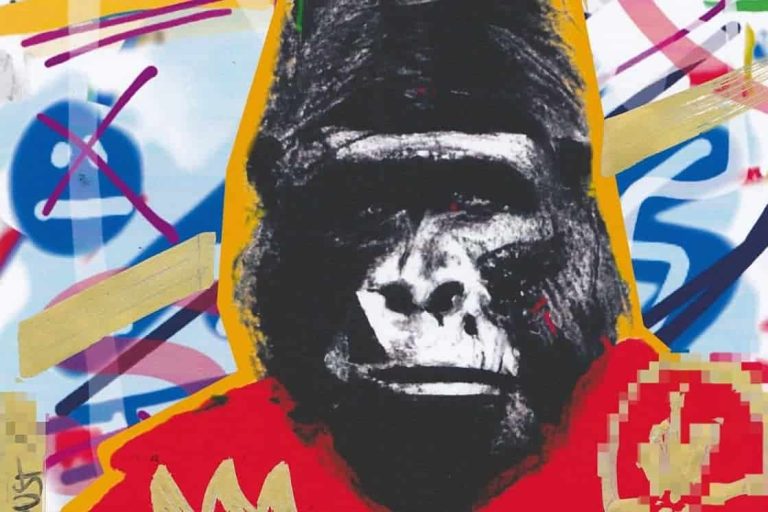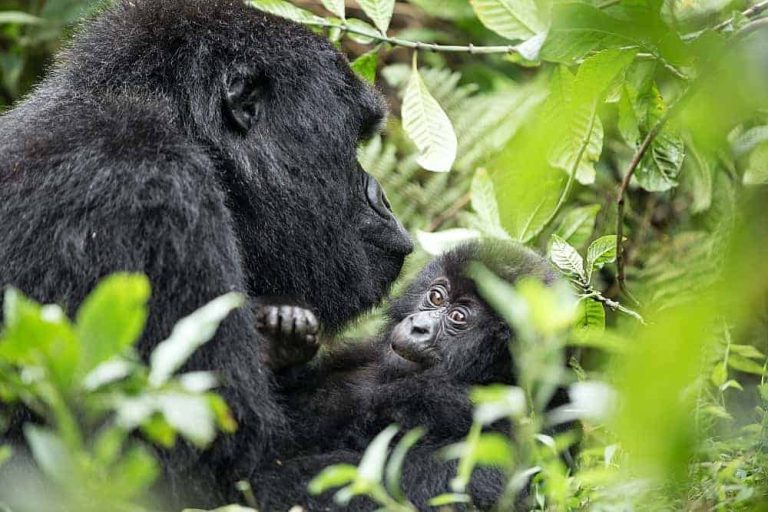Hunting responsible for sharp decline in tropical wildlife and birds with 83% and 58%

Hunting is a major driver of biodiversity loss, but a systematic large-scale estimate of hunting-induced defaunation was lacking until now. In a new study published in Science, an international team of ecologists and environmental scientists warns that bird and mammal populations decline sharply in zones of 7 to 40 kilometers around villages and roads where hunters have access to nature.
Within these areas bird populations decline an average of 58 percent and mammal populations by 83 percent. Also, the researchers indicate that commercial hunting has a greater impact than subsistence hunting, and that the pressure of hunting is higher in places that have good connections to larger cities where bushmeat may be traded.
The impact of hunting proved greater than the researchers expected initially. “Through this study, we know that left only 17 percent of mammal numbers and 42 percent of the original bird numbers in hunted areas,” says Ana Benítez López, who works at the department of Environmental Science at Radboud University in Nijmegen, the Netherlands. She led this study and cooperated with researchers from the Netherlands Environmental Assessment Agency (PBL), the universities of Wageningen and Utrecht in the Netherlands and a colleague from the School of Life Sciences, University of Sussex.
The researchers synthesised 176 studies to quantify hunting-induced declines of mammal and bird populations across the tropics of Central and South America, Africa and Asia.
Hunting pressure surrounding villages and roads
“There are several factors contributing to the decline of animal populations in the tropics, such as destruction and fragmentation of habitat, over-hunting,” says Benítez López. “Habitat Destruction can be identified from the air with remote sensing, but the impact of hunting can only be established on the ground. We wanted to find a systematic and consistent way to estimate the impact of hunting in the tropics. We started with the assumption that people are hunting in circles around their town or around the entrance to a forest. In the direct vicinity of such access points, hunting pressure is highest and the number of species the lowest. With increasing distance the animal population increases, until the point that there is no effect of hunting anymore. We call this speciesdepletion distance, which we have quantified in our analysis. In this way, we can for the first time map and quantify the decline of species caused by hunting. “

Not only cuddly species
The most innovative aspect of this Science study is that many existing, local studies are combined providing for the first time an overall impression of the magnitude of the impact of hunting and that the study includes all species. Not only the big and cuddly species, but also birds and rodents. Mammals are more vulnerable and have a higher chance to disappear, according to Benítez López.
“This is because they are bigger, there is more to eat. They are more valuable – this justifies more investment in time and resources. The larger mammal, the longer the journey and the bigger the effort.”
The increased demand for wildlife, both in rural and urban areas, has already led to the extinction of large species near the villages. Hunters now have to make longer trips. For commercially interesting species such as elephants and gorillas, hunters are willing to trek even further, because revenues are higher.
Sanctuary offers no protection
Even in protected areas like wildlife sanctuaries, the bird and mammal populations are declining as a result of hunting, the scientists discovered. “We urgently need to devise better strategies for sustainable management of hunting. Both in protected and unprotected areas,” says Benítez López. “For example, by better monitoring the activity of hunters and by strengthening anti-poaching brigades for law enforcement.”
A. Benítez-López e.a: The impact of hunting on tropical mammal and bird populations. Science April 14 2017. DOI: 10.1126/science.aaj1891
